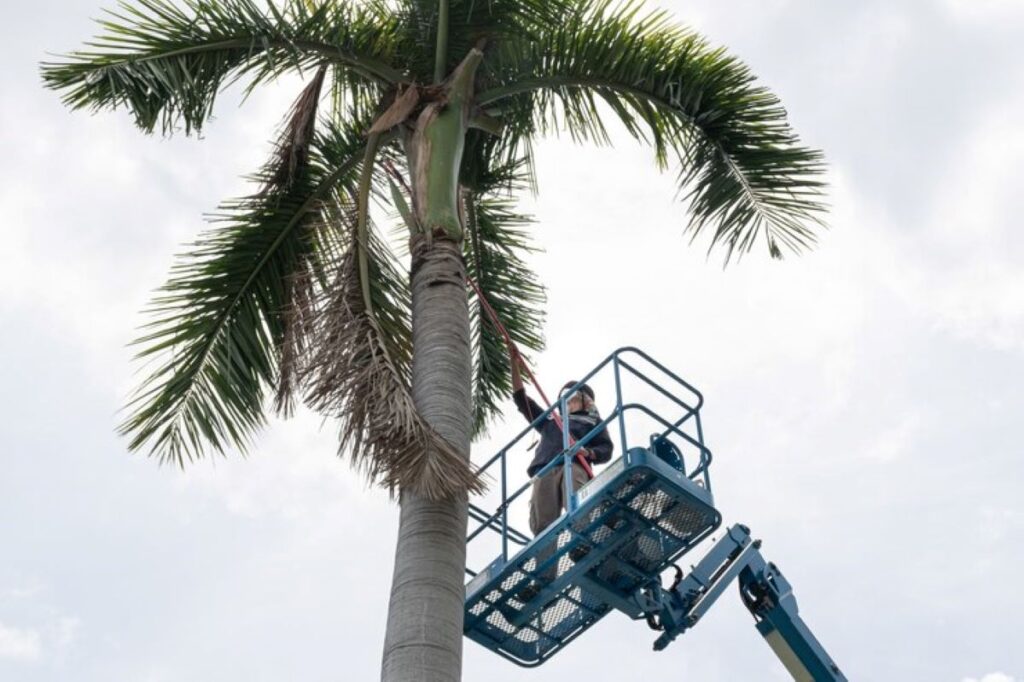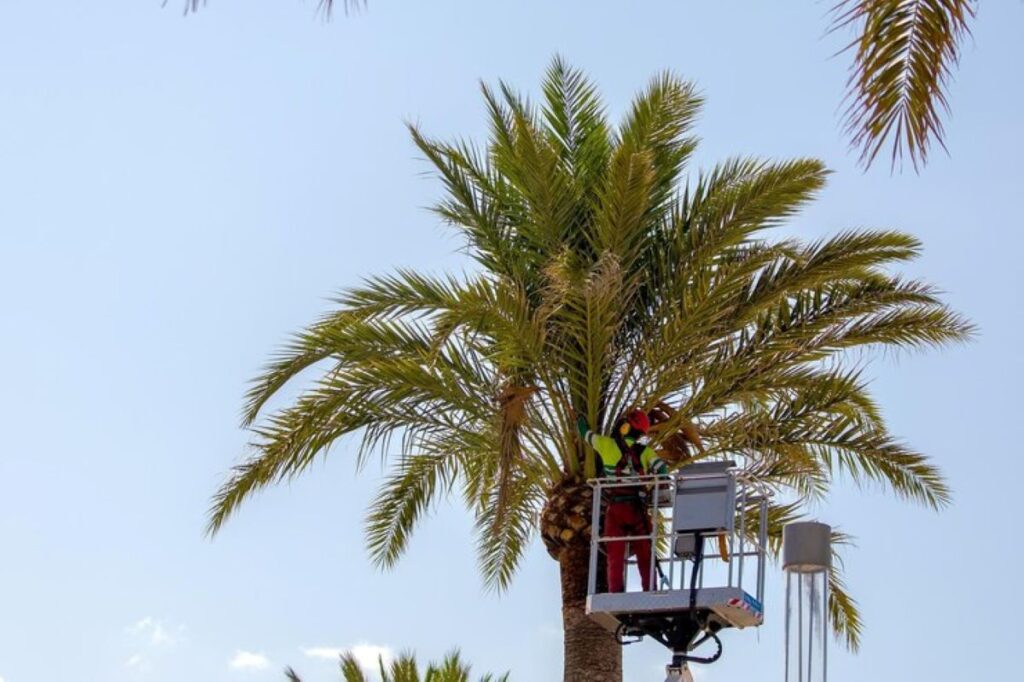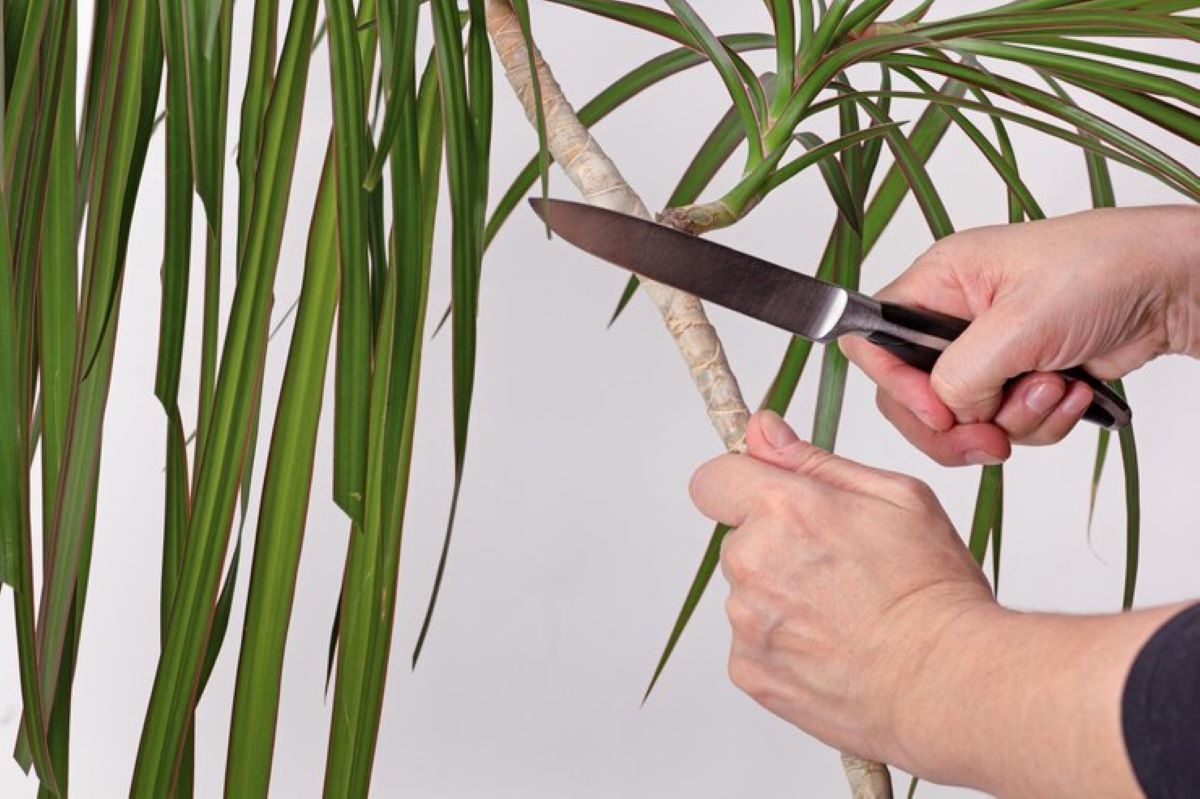Understanding Palm Trees
Palm trees are iconic symbols of tropical landscapes, often associated with warm weather, sandy beaches, and relaxation. With over 2,500 species worldwide, these trees vary significantly in size, shape, and habitat. From the majestic Royal Palm to the hardy Date Palm, each type requires specific care to thrive in its environment. The diversity among palm species is astonishing; for instance, the tiny Pygmy Date Palm reaches only a few feet in height, while the towering Coconut Palm can soar up to 30 metres. This vast range allows palm trees to inhabit a variety of climates, from the humid tropics to arid regions, showcasing their remarkable adaptability.
In addition to their aesthetic appeal, palm trees play a crucial role in their ecosystems. They provide shelter and food for various wildlife and contribute to the overall biodiversity of their surroundings. Many species of birds, insects, and mammals rely on palm trees for sustenance, with the fruits and flowers offering essential nutrients. Moreover, the dense foliage of palms can create microhabitats that support smaller organisms, fostering a rich tapestry of life. However, maintaining the health and appearance of palm trees requires regular attention, particularly through the practice of pruning.
Why Prune Palm Trees?
Pruning is an essential aspect of palm tree care. It not only enhances the tree’s appearance but also promotes healthy growth and prevents potential hazards. Over time, dead or damaged fronds can accumulate, leading to an unsightly look and potentially harbouring pests or diseases. In tropical regions, where humidity levels are high, the risk of fungal infections increases, making timely pruning even more critical. Additionally, removing old fronds can help prevent the spread of pests, such as the notorious palm weevil, which can cause significant damage if left unchecked.
Moreover, pruning helps improve air circulation and sunlight penetration, which are vital for the tree’s health. By removing excess fronds, the tree can focus its energy on growing new, healthy foliage. This is particularly important for species that grow tall, as a well-maintained crown can prevent the tree from becoming top-heavy and unstable. Furthermore, regular pruning can encourage the development of a more robust trunk, as the tree directs its resources towards strengthening its core structure. In essence, proper pruning not only enhances the visual appeal of palm trees but also ensures their longevity and resilience in the face of environmental challenges.
When to Prune Palm Trees
The timing of palm tree pruning is crucial for achieving the best results. Generally, the ideal period for pruning is during the tree’s active growth phase, which varies depending on the species and local climate. In most regions, this occurs in late spring to early summer when temperatures are warmer and rainfall is more abundant.
Pruning during the dormant season, typically in late autumn or winter, can stress the tree and hinder its growth. However, if a palm tree has dead or damaged fronds, these can be removed at any time to prevent further decline or pest infestations.
Signs Your Palm Tree Needs Pruning
Identifying when a palm tree requires pruning can be straightforward. Look for the following signs:
- Dead or Dying Fronds: Brown, wilted fronds that hang down are a clear indication that pruning is necessary.
- Pests or Disease: If the tree shows signs of infestation or disease, such as discolouration or unusual growths, pruning may be required to remove affected areas.
- Overcrowding: If fronds are overcrowding the crown, it may be time to thin them out to improve air circulation.
Tools Required for Pruning
Having the right tools is essential for effective palm tree pruning. Here are some of the most commonly used tools:
Hand Pruners
For smaller palms or light pruning tasks, hand pruners are ideal. They allow for precise cuts and are easy to handle, making them perfect for removing dead fronds or small branches.
Loppers
For thicker fronds or branches, loppers provide greater leverage and cutting power. They are particularly useful for reaching higher areas of the tree without the need for a ladder.
Chainsaws
In cases where large fronds or entire branches need to be removed, a chainsaw may be necessary. However, caution is advised when using this tool, as improper handling can lead to accidents. It is often best to hire a professional for large-scale pruning tasks.

Pruning Techniques
Understanding the correct techniques for pruning palm trees is vital to ensure their health and longevity. Improper pruning can lead to damage and even death of the tree.
Cutting Techniques
When pruning, it is essential to make clean cuts. This reduces the risk of disease entering the tree through open wounds. Always cut at an angle to allow water to run off, preventing rot. It is also advisable to avoid cutting too close to the trunk, as this can damage the tree’s vascular system.
Thinning vs. Topping
Thinning involves removing dead or damaged fronds while leaving healthy ones intact. This technique encourages new growth and maintains the tree’s natural shape. Topping, on the other hand, involves cutting off the top of the tree, which can severely harm its health and should be avoided.
Aftercare Following Pruning
Once the pruning process is complete, it is essential to provide proper aftercare to ensure the palm tree recovers well. This includes monitoring for signs of stress or disease and providing adequate water and nutrients.
Watering
After pruning, the tree may require additional water to help it recover from the stress of the cuts. Ensure the soil remains moist but not waterlogged, as overwatering can lead to root rot.
Fertilising
Applying a balanced fertiliser can also aid in recovery. Look for a fertiliser specifically formulated for palm trees, as these typically contain the necessary micronutrients that palms require for optimal growth.
Common Mistakes to Avoid
While pruning is beneficial, several common mistakes can hinder the health of palm trees. Awareness of these pitfalls can help ensure successful pruning.
Over-Pruning
One of the most significant mistakes is over-pruning. Removing too many fronds can stress the tree and impede its ability to photosynthesise effectively. It is essential to leave enough healthy fronds to support the tree’s growth.
Ignoring Safety Precautions
Safety should always be a priority when pruning. Using ladders or chainsaws without proper training can lead to serious injuries. Always wear protective gear and consider hiring a professional for larger jobs.
See Also : Expert Tips for Tree Pruning Sydney: Timing, Techniques, and More
Hiring a Professional for Palm Tree Pruning
For those who may not feel comfortable pruning their palm trees, hiring a professional can be a wise decision. Arborists are trained to handle various tree care tasks, including pruning, and can ensure the job is done safely and effectively.
Benefits of Professional Pruning
Engaging a professional offers numerous benefits. Not only do they possess the necessary tools and expertise, but they can also identify potential issues that may not be apparent to the untrained eye. Furthermore, professionals can provide ongoing care and advice to ensure the long-term health of the palm trees.
Choosing the Right Arborist
When selecting an arborist, it is essential to research their qualifications and experience. Look for certified professionals with positive reviews and a good reputation in the community. Obtaining multiple quotes can also help ensure a fair price for the services rendered.

Conclusion
Palm tree pruning is a vital aspect of maintaining these beautiful tropical favourites. By understanding when and how to prune, using the right tools and techniques, and providing proper aftercare, palm trees can thrive and continue to enhance the landscape for years to come. Whether opting for a DIY approach or hiring a professional, the effort put into caring for palm trees will undoubtedly pay off in their health and appearance.

